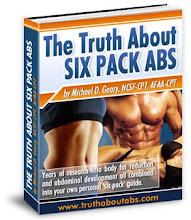I came across this fascinating post in an Acne forum where this girl basically describes how her dermatologist has filled out her rolling acne scars with collagen harvested from the back of her ears and has transformed her face to nearly flawless. He combined it with needling of the scar first, then filling a few depressions each time.
Pierre Fournier describes a very simple collagen extraction technique from unwanted fat pockets, so the donor site does not require stitching. Large quantities can be harvested and stored in deep freeze for future use or topical application (mix with night cream for autologous stem cells).
Wonder if we can combine these two technique and add in dermarolling for maximum benefits? Hmmmm.........
Pierre Fournier describes a very simple collagen extraction technique from unwanted fat pockets, so the donor site does not require stitching. Large quantities can be harvested and stored in deep freeze for future use or topical application (mix with night cream for autologous stem cells).
Wonder if we can combine these two technique and add in dermarolling for maximum benefits? Hmmmm.........



